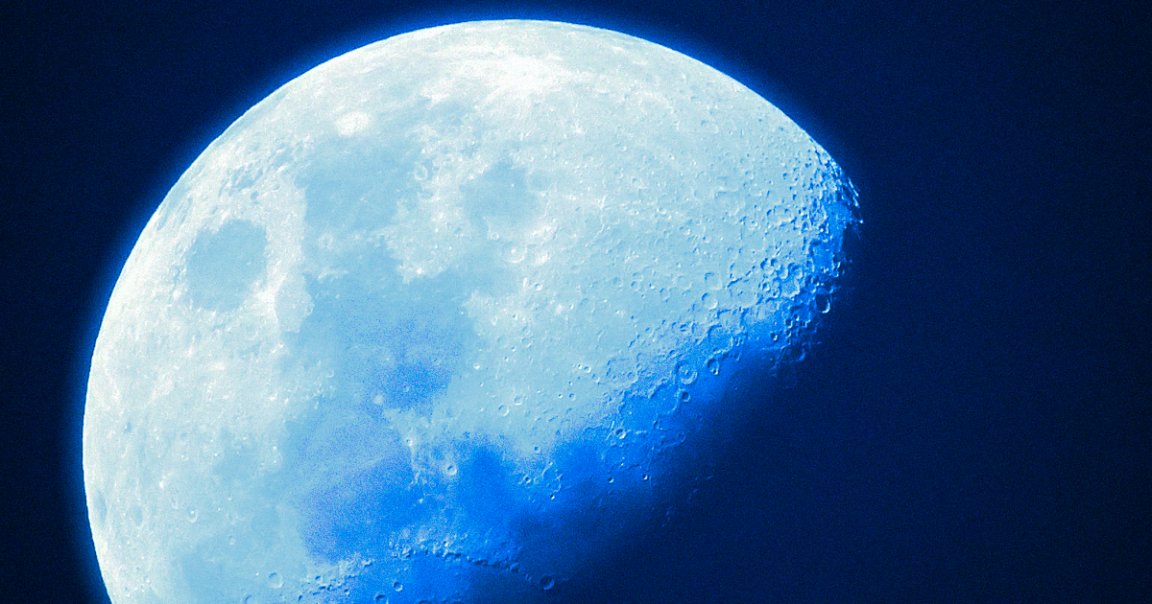
Three New Payloads
NASA plans to land on the far side of the Moon as part of the Artemis program, marking the first time the agency has ever landed there.
The agency selected three new scientific investigation payloads for its Commercial Lunar Payload Services (CLPS) initiative, according to Engadget. Two of these payloads include probes and research instruments to study the far side of the Moon.
These selections are the first from NASA’s Payloads and Research Investigations on the Surface of the Moon (PRISM) call for proposals. The initiatives all fall under the banner of the Artemis mission to bring astronauts back to the lunar surface.
“These selections add to our robust pipeline of science payloads and investigations to be delivered to the Moon through CLPS,” said Joel Kearns, deputy associate administrator for exploration in NASA’s Science Mission Directorate, in a statement. “With each new PRISM selection, we will build on our capabilities to enable bigger and better science and prove technology which will help pave the way for returning astronauts to the Moon through Artemis.”
Schrödinger’s Crater
The intended target for the two payloads is a large impact crater on the far side of the Moon known as Schrödinger.
The payloads will include the Farside Seismic Suite, which will measure the seismic activity of the region, and also the Lunar Interior Temperature and Materials Suite, which will collect data on the Moon’s internal heat flow, according to JPL.
“These investigations demonstrate the power of CLPS to deliver big science in small packages, providing access to the lunar surface to address high priority science goals for the Moon,” said Lori Glaze, director of NASA’s Planetary Science Division, in a statement on the JPL website.
Not the Firsts
While this mission is going to be a big first for NASA, the agency won’t be the first ones ever to have reached the far side of the Moon. In fact, China’s Chang’e-4 mission first reached the far side in 2019, according to Engadget.
However, the latest mission will give NASA the opportunity to collect valuable data that’ll help inform future lunar missions — and hopefully allow the agency to send astronauts there.
READ MORE: NASA to land payloads on the far side of the Moon for the first time [Engadget]
More on the Moon: NASA Plans to Land First Person of Color on the Moon in Artemis Program